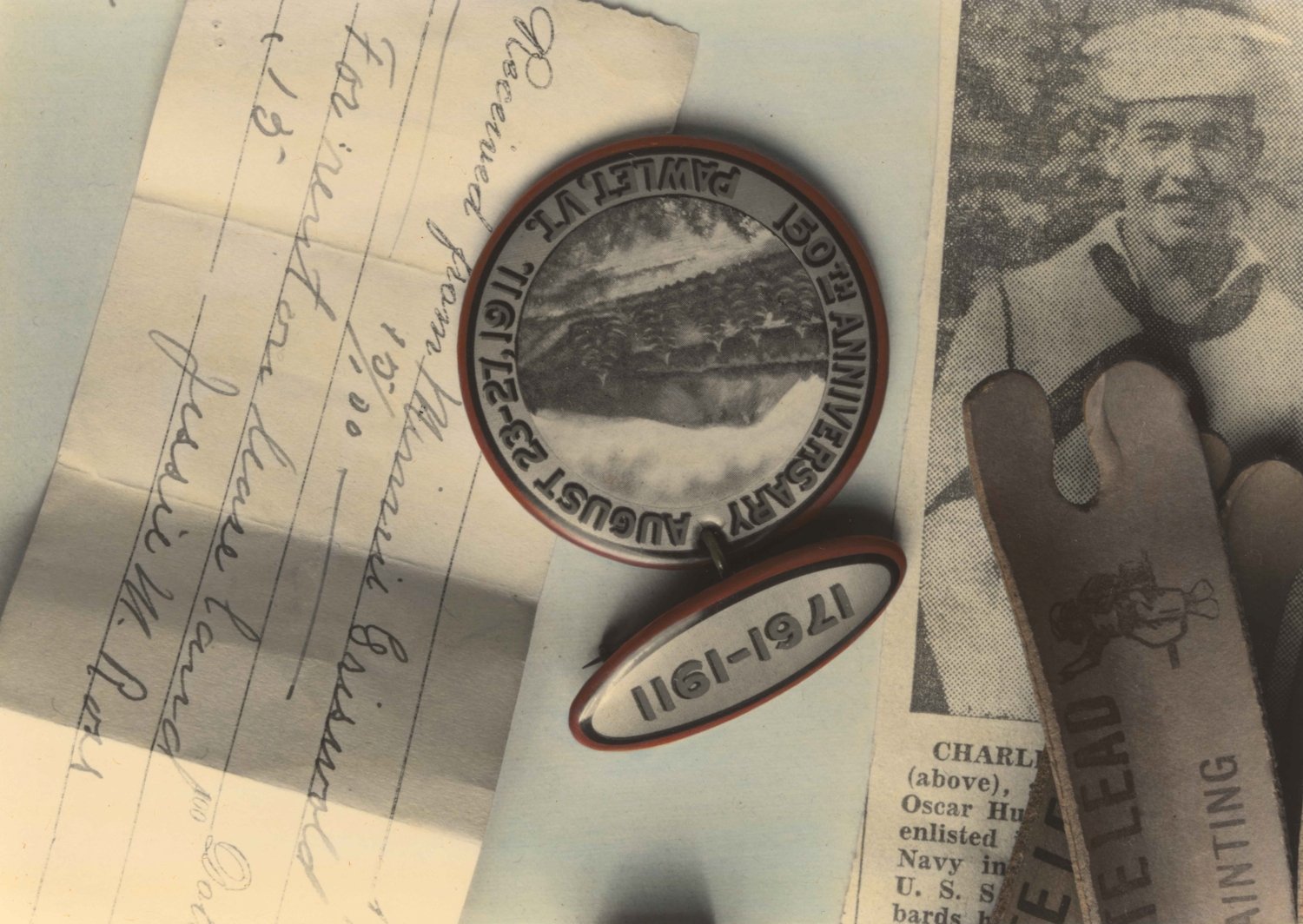Up Home: Hand-Colored Photographs by Susanne and Neil Rappaport
After Minnie Griswold passed away in 1952, her sons locked up their mother’s house in Pawlet, Vermont and left all her belongings in place, unaltered. Thirty years later, Pawlet documentarians Susanne and Neil Rappaport would enter the home at the invitation of one of the brothers, Charlie, and go on to produce a collection of hand-colored photographs of Minnie’s home.
Today, nearly thirty years after Susanne and Neil entered the home, this rarely seen collection of over 45 hand-colored photographs comes to the Vermont Folklife Center as a new exhibition entitled, Up Home.
Below the surface, Up Home invites an examination of the intersection of documentary and artistic representation. “The photographs are beautiful, arresting, and mysterious,” writes Ned Castle, Vermont Folklife Center Vision & Voice Gallery Curator. “Beyond the prints themselves, and what they can tell us about Minnie Griswold, the exhibit offers the unique opportunity to contemplate the complexity and nuance of the documentary exercise.”
“Who is Minnie Griswold?” remains the central question and fascination of the exhibition, Up Home. Susanne writes in closing, “It took Neil about a month to make these images, and it has taken me almost a year to complete the colorings. It is clear to me that I have done my part for Charlie above all else, wanting him to know that in this process I have come to understand his act of reverence and the closeness he has to his Mother. I hope these photographs extend her spirit and his meaning and devotion, as I have given myself expression.”
Online Exhibit Preview
“I look at this snapshot of Minnie, which was taken in 1923 when she was 49, just seven years older than I am now - and I know her. She speaks to me from her eyes and slight smile, a shyness around her mouth and sharp wit - I yearn to hear her voice. How do I know her? How do you get to know someone who died 30 years ago?”



“ Charlie Griswold, Minnie’s eighty-five year old son, and his recent bride, Bea, chose to have their portrait made at Charlie’s boyhood home. After the picture, Charlie took us into the summer-warmed old house, where the dim light gradually gave way to an image of a past preserved: everything was in its place, untouched for years. ”
“Charlie cranked the victrola and we all sat on the overstuffed couch and rockers listening to John Maccormack sing “Over There,” smelling the sweet and sour aromas of age in the house. Animated beyond his usual shy reserve, Charlie led us through his Mother’s rooms, allowing us a glimpse of how she lived. ”
“The visible presence of the past in the rooms, on shelves and surfaces, and in drawers, gave witness to a way of life I had only heard about from people who could remember the century’s turn. So I innocently began to document that evidence as directly and richly as possible.”
“My part in the photographs was to discover the fragments of spirit in the house and to assemble them as an expressive entity. All were given up to Susanne’s process of breathing the life of color into them...”
“I sought the stillness and quiet concentration of my long working days, the spring turning into summer, the light changing in the house, thinking all the time about how to more accurately bring Minnie’s colors to the photographs and how to improve my ability to see everything, every detail, in the pictures. ”
“Who was Minnie Griswold and what was her life like? What about her might have led her sons to preserve her last home as a shrine? ”
“I hope these photographs extend her spirit and [Charlie’s] meaning and devotion, as I have given myself expression.”









